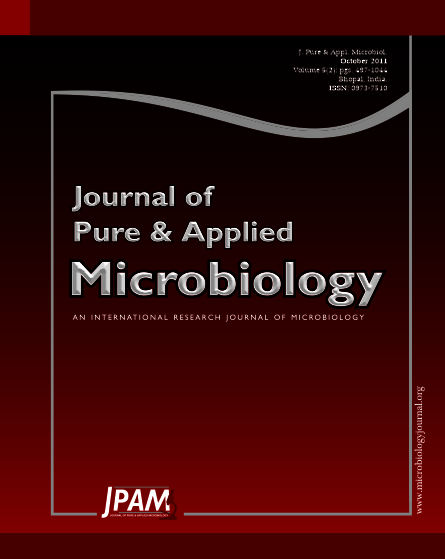Needle stick injury is relatively common amongst health care workers. The risk of seroconversion following needle stick injury may be reduced by knowledge of body fluids that are high risk and knowledge of post exposure prophylaxis following possible HIV contaminated needle stick injury. A structured questionnaire was used to establish knowledge regarding high HIV risk body fluids and measures to be taken following needle stick injury in a large teaching hospital. Majority of the students are aware of the general information and routes of transmission of HIV, however a significant number do not have proper knowledge about the risk of transmission, prophylaxis, duration and availability of post exposure prophylaxis drugs.
HIV awareness, Medical students, Post exposure prophylaxis
© The Author(s) 2011. Open Access. This article is distributed under the terms of the Creative Commons Attribution 4.0 International License which permits unrestricted use, sharing, distribution, and reproduction in any medium, provided you give appropriate credit to the original author(s) and the source, provide a link to the Creative Commons license, and indicate if changes were made.


